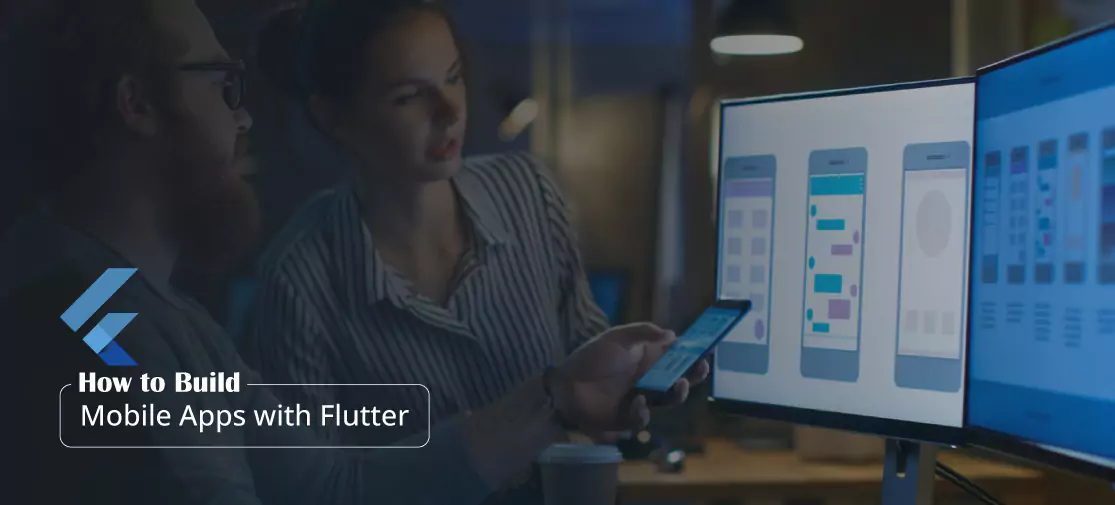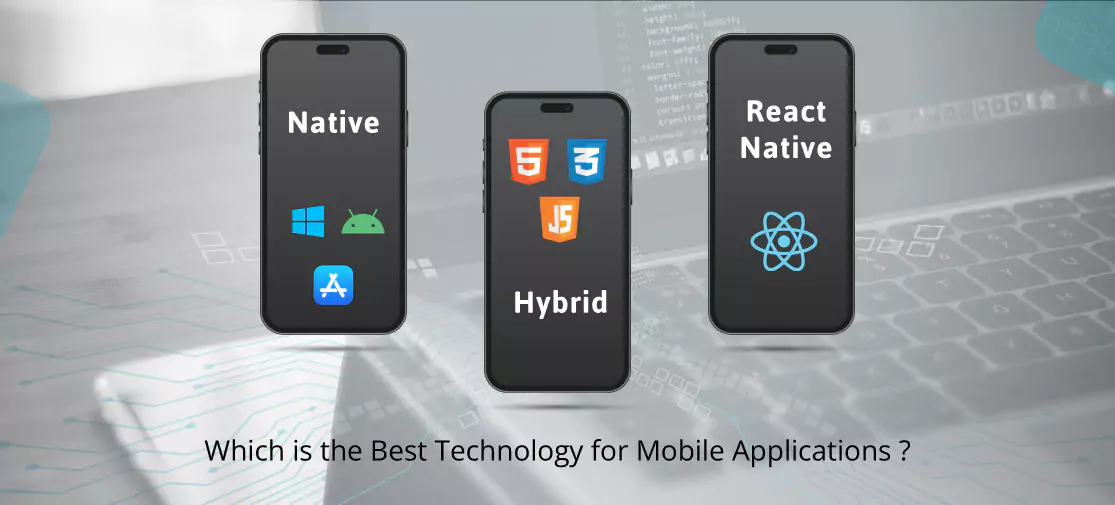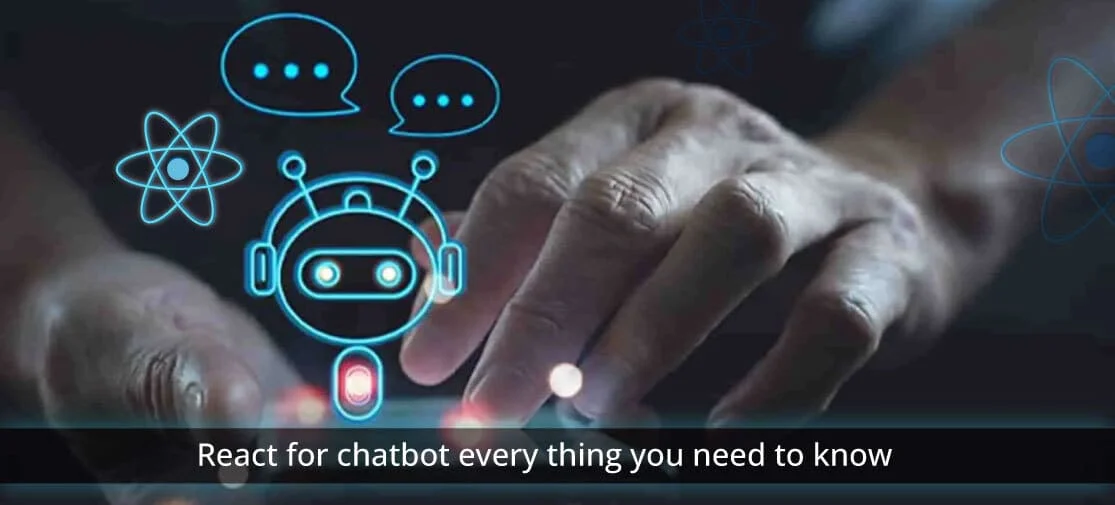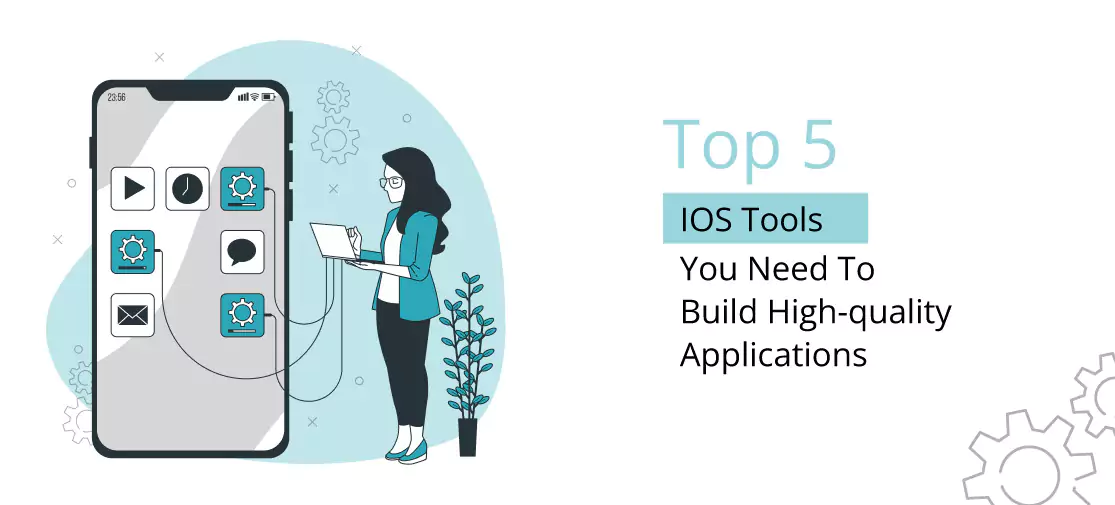Introduction
How to build mobile apps with flutter
Flutter is a cross-platform mobile app development framework created by Google. It allows developers to create native-looking and performing apps for both Android and iOS devices using a single codebase.
In this article, let’s look at what Flutter is and how to work with it.
What is flutter?
Flutter is an open-source UI software development kit created by Google. It is used to develop cross-platform applications from a single codebase for any web browser, Fuchsia, Android, iOS, Linux, macOS, and Windows.
Flutter apps are written in the Dart programming language and use a widget-based UI framework. Widgets are reusable UI elements that can be combined to create complex user interfaces.
Flutter apps are compiled to native machine code, which makes them fast and responsive. They also have a native look and feel on each platform they support.
Flutter is a popular choice for mobile app development because it allows developers to create high-quality apps with a single codebase. It is also a good choice for developing desktop and web apps.
Benefits of using flutter
There are many benefits to using Flutter for mobile app development,
- Cross-platform development: Flutter allows developers to create apps for both Android and iOS devices using a single codebase. This can save a lot of time and money, as developers don't have to write and maintain separate codebases for each platform.
- Fast development: Flutter uses a hot reload feature, which allows developers to see changes in their code reflected in the app immediately. This can significantly speed up the development process.
- Beautiful and performant apps: Flutter apps are known for their beautiful and performant UI. Flutter uses a native rendering engine, which means that apps are compiled directly to machine code for each platform. This results in apps that are fast and responsive.
- Large and active community: Flutter has a large and active community of developers. This means that there are many resources available to help developers get started with Flutter and learn new things.
How to install flutter
To install flutter, you will need to
- Download the flutter SDK The Flutter SDK is available for free Download from the Flutter website
- Unzip the flutter SDK Once you have Downloaded the Flutter SDK, unzip it to a location on your computer.
- Add Flutter to your path. You need to add Flutter to your system path so that you can run Flutter commands from anywhere on your computer. To do this, open your system path environment variable and add the following directory to the end of the path:
/binReplace with the path to the Flutter SDK directory that you unzipped in step 2. - Verify your installation. To verify that Flutter is installed correctly, open a terminal window and run the following command:
- Flutter doctorThis command will check that you have all of the necessary tools and dependencies installed for Flutter development. If you see any errors in the output of the flutter doctor command, follow the instructions to fix them.
Once Flutter is installed, you can use its built-in tool, Flutter doctor, to inspect the parts. For instance, when running flutter doctor on a Mac, you should observe a similar reaction.
Creating project helloworld...
Running "flutter pub get" in helloworld... 4.0s
Wrote 127 files.
All done!
In order to run your application, type:
$ cd helloworld
$ flutter run
Your application code is in helloworld/lib/main.dart.
Hello world in flutter
Let's use Flutter to build a straightforward hello world app.
We can use the flutter create to create a new app.
Doctor summary (to see all details, run flutter doctor -v):
[✔️] Flutter (Channel stable, 3.3.10, on macOS 13.2 22D49 darwin-x64, locale en-US)
[✔️] Android toolchain - develop for Android devices (Android SDK version 33.0.1)
[✔️] Xcode — develop for i0S and macOS (Xcode 14.2)
[✔️] Chrome - develop for the web
[✔️] Android Studio (version 2021.3)
[✔️] VS Code (version 1.75.1)
[✔️] Connected device (2 available)
[✔️] HTTP Host Availability
⚪ No issues found!
The primary file can now be changed after we cd into the directory. You can find it
/lib/main.dart. Import 'package:flutter/material.dart' instead of the code in the main.dart file.
import 'package:flutter/material.dart';
void main() {
runApp(MyApp());
}
class MyApp extends StatelessWidget {
@override
Widget build(BuildContext context) {
return MaterialApp(
title: 'Hello, World!',
home: Scaffold(
appBar: AppBar(
title: const Text('Hello, World!'),
),
body: const Center(
child: Text('Hello, World!'),
),
),
);
}
}
The "Hello, World!" message will appear in the middle of the screen thanks to the Flutter programme defined by this code. Using an instance of the MyApp class, the main() function will invoke the runApp() method.
A Material App widget with the title "Hello, World!" is produced in the MyApp build() method. The "Hello, World!" AppBar is included in the Scaffold widget, and the Centre widget will position the text in the screen's centre.
Following the execution of the flutter run command, the output will appear as shown.
Conclusion
The Flutter framework is fantastic for creating mobile applications. It provides quick development times, lovely and functional designs, and a single codebase that can be used for both iOS and Android. Because of its hot-reload feature, development time is decreased because developers can view changes immediately.
Do you want to create your mobile application with Flutter Technology? Hire Flutter developers for your applications.




